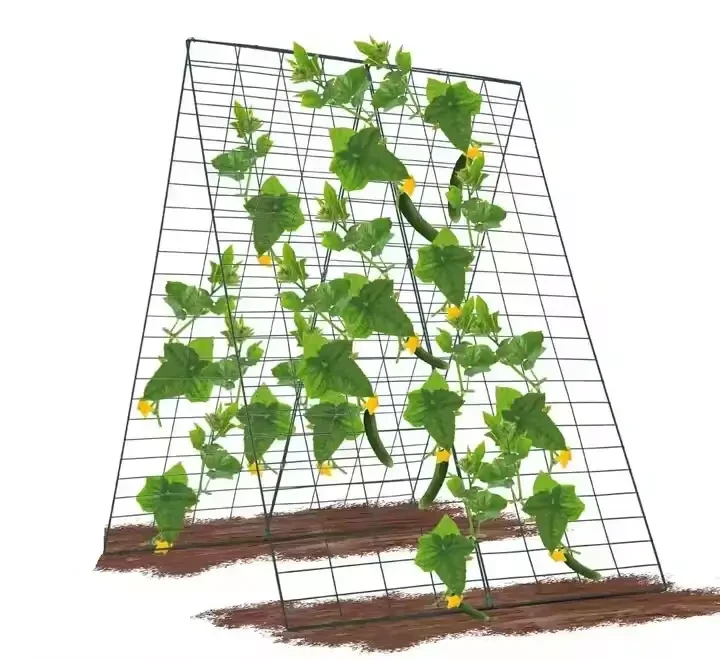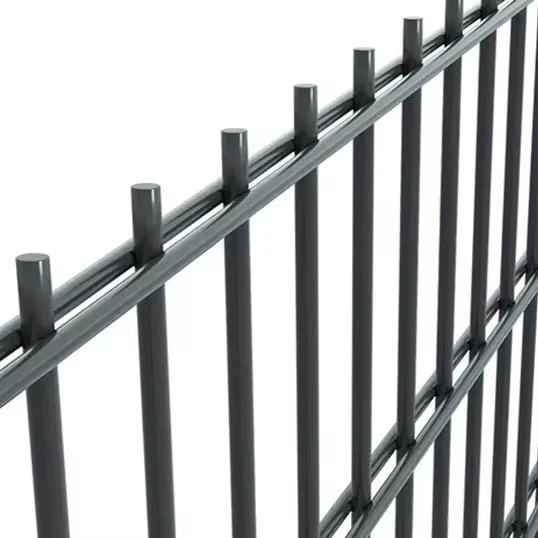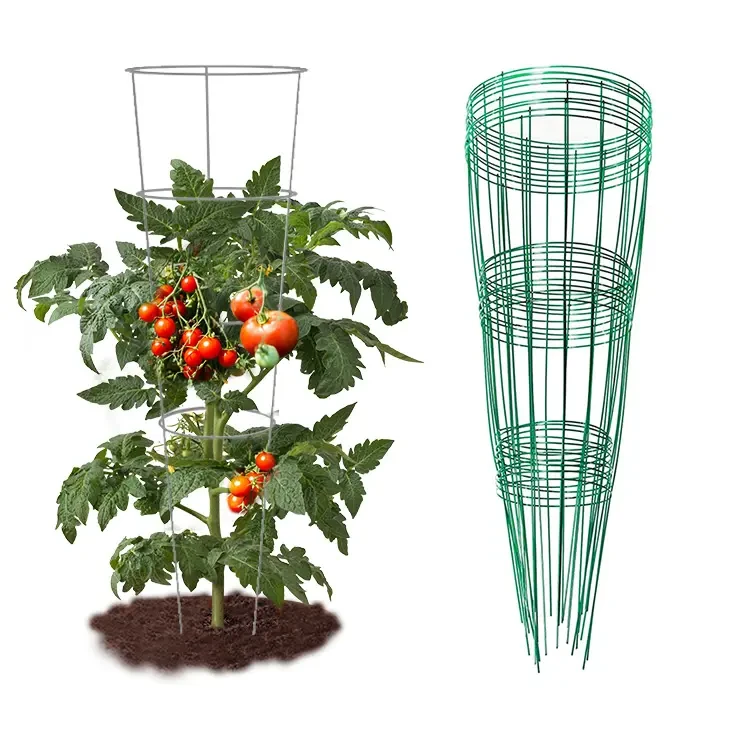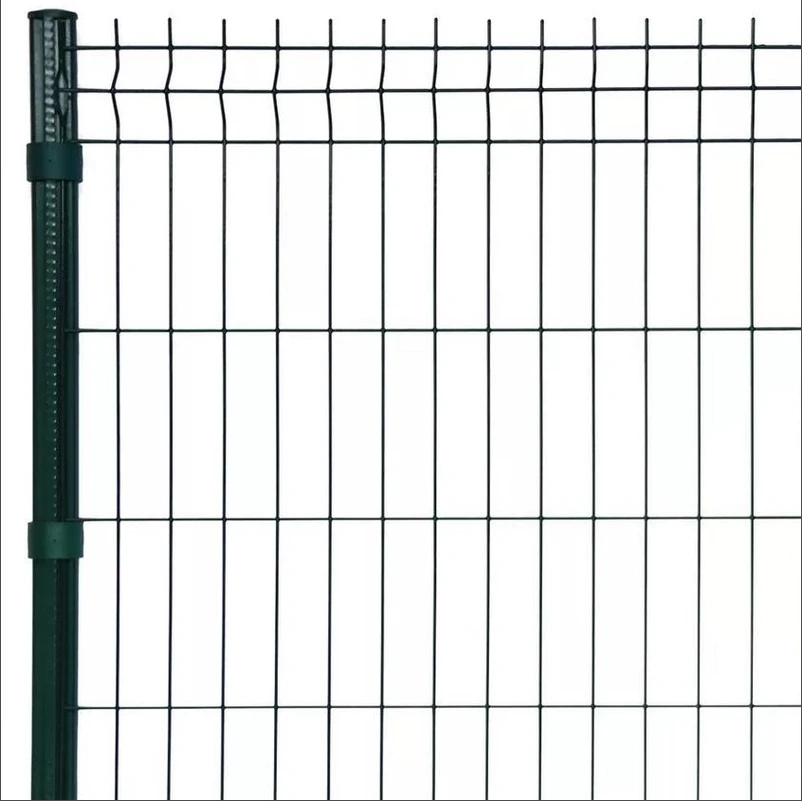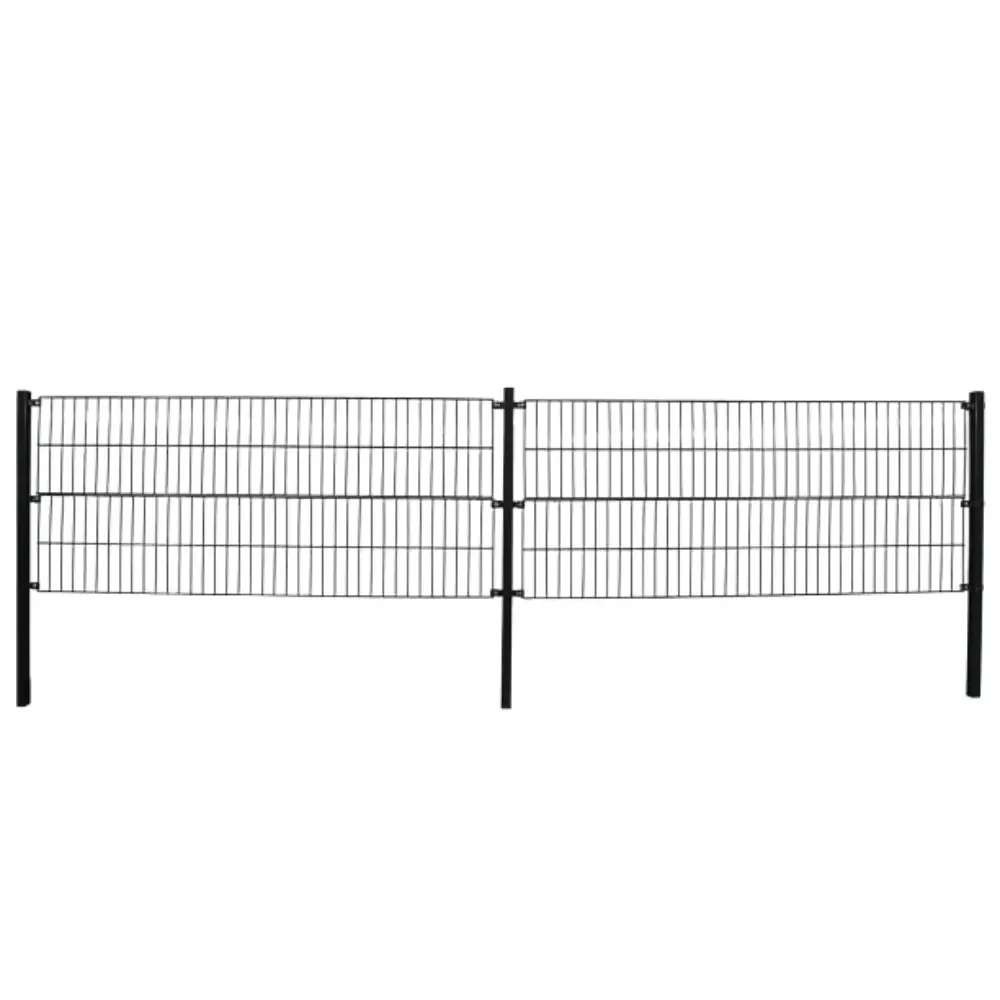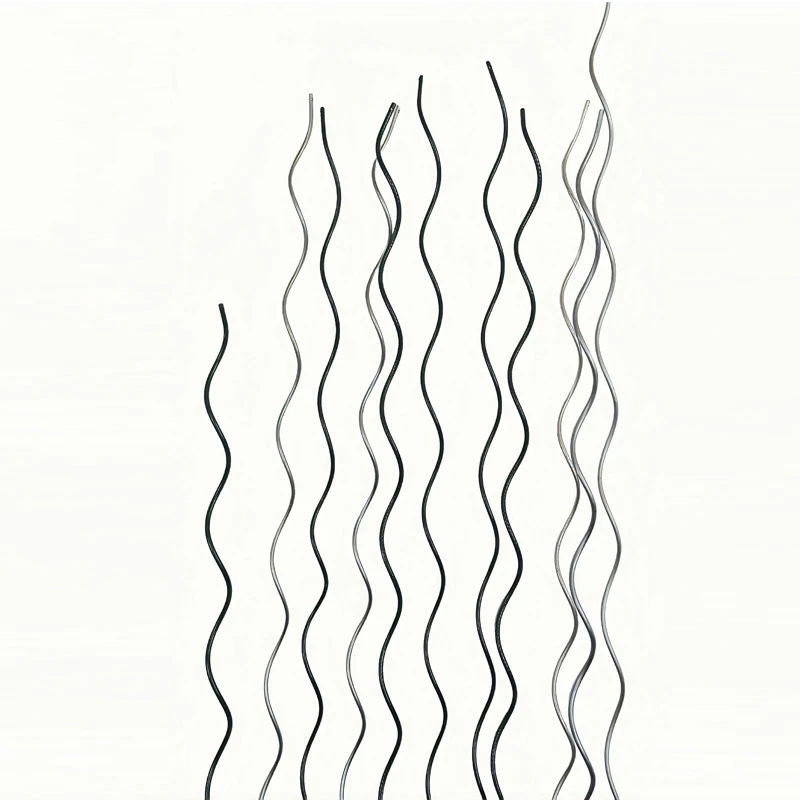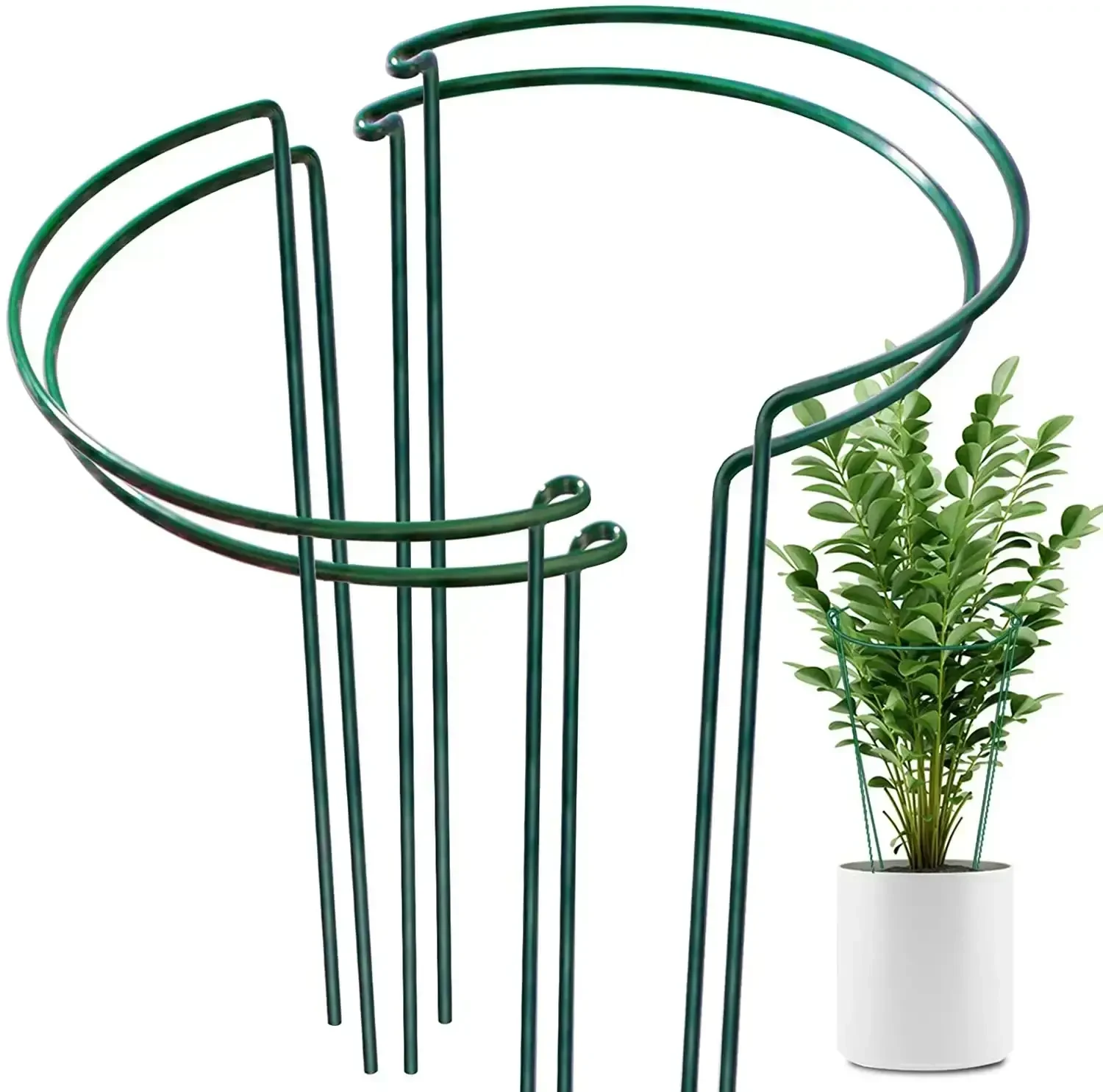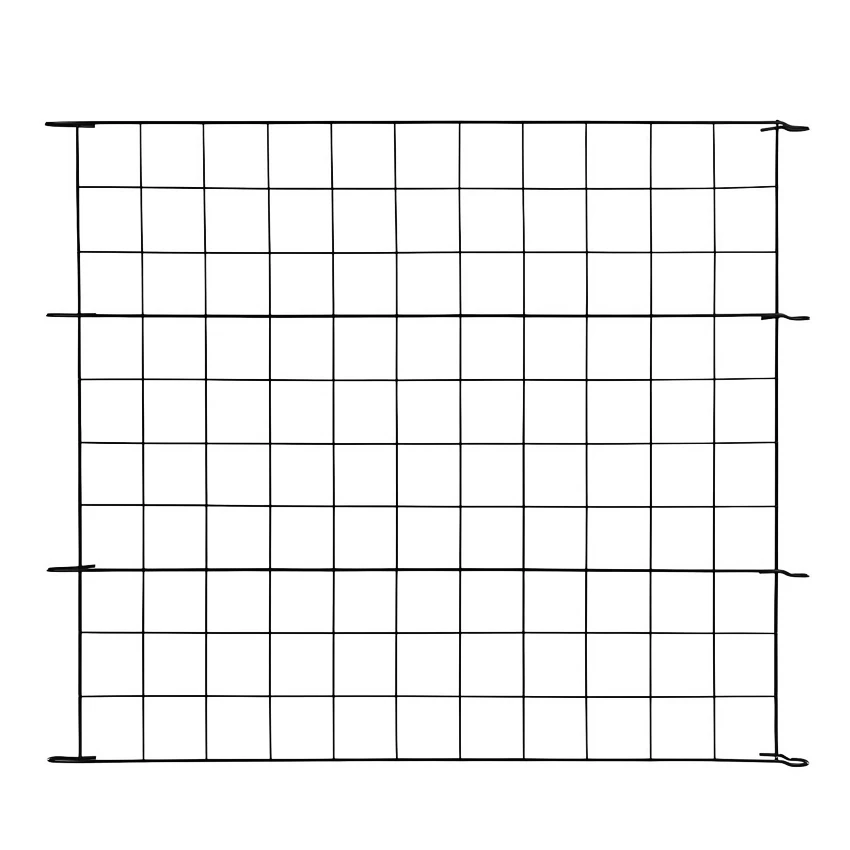-

-
 Whatsapp:+86 17732187393
Whatsapp:+86 17732187393 -


- Afrikaans
- Albanian
- Amharic
- Arabic
- Armenian
- Azerbaijani
- Basque
- Belarusian
- Bengali
- Bosnian
- Bulgarian
- Catalan
- Cebuano
- Corsican
- Croatian
- Czech
- Danish
- Dutch
- English
- Esperanto
- Estonian
- Finnish
- French
- Frisian
- Galician
- Georgian
- German
- Greek
- Gujarati
- haitian_creole
- hausa
- hawaiian
- Hebrew
- Hindi
- Miao
- Hungarian
- Icelandic
- igbo
- Indonesian
- irish
- Italian
- Japanese
- Javanese
- Kannada
- kazakh
- Khmer
- Rwandese
- Korean
- Kurdish
- Kyrgyz
- Lao
- Latin
- Latvian
- Lithuanian
- Luxembourgish
- Macedonian
- Malgashi
- Malay
- Malayalam
- Maltese
- Maori
- Marathi
- Mongolian
- Myanmar
- Nepali
- Norwegian
- Norwegian
- Occitan
- Pashto
- Persian
- Polish
- Portuguese
- Punjabi
- Romanian
- Russian
- Samoan
- scottish-gaelic
- Serbian
- Sesotho
- Shona
- Sindhi
- Sinhala
- Slovak
- Slovenian
- Somali
- Spanish
- Sundanese
- Swahili
- Swedish
- Tagalog
- Tajik
- Tamil
- Tatar
- Telugu
- Thai
- Turkish
- Turkmen
- Ukrainian
- Urdu
- Uighur
- Uzbek
- Vietnamese
- Welsh
- Bantu
- Yiddish
- Yoruba
- Zulu
Feb . 10, 2025 21:41
Back to list
Portable Versatile Pvc Coated Pond Fence Upper Arch For Garden Pond Fence
Lawn edging fences may seem like a minor aspect of garden design, but they play a crucial role in defining the aesthetics and functionality of outdoor spaces. As someone with years of expertise in garden landscaping and product selection, I can share valuable insights that will help you make informed decisions when choosing lawn edging fences.
In terms of trend, eco-friendly options are increasingly popular. Recycled materials, such as rubber or composite, are gaining traction due to their sustainability and long-lasting nature. They offer innovative designs that not only lend an artistic flair but also speak to an environmentally-conscious approach, aligning with modern consumer values. When discussing toolkits for the job, having edging spades, hammers, stakes, string lines, and compactors handy will facilitate a precise installation. Adhering to installation advice from industry experts can prevent common pitfalls such as uneven placement or instability. It’s important to bear in mind that while aesthetics are a significant factor, the usability and maintenance of your lawn edging fence should not be overlooked. Maintenance can vary considerably. Metal may require rust prevention, wood might need treatments for durability, and while plastic typically requires less upkeep, it’s susceptible to cracking under extreme temperature fluctuations. For product selection, consult reputable lawn and garden centers or online platforms with robust customer feedback. User reviews often give insights into practical aspects such as ease of installation, resilience under different weather conditions, and overall aesthetic impact once installed. As with many garden products, the credentials of the manufacturer can play a crucial role in ensuring quality. Brands with a strong reputation in garden supplies are likely to offer products that meet high standards of reliability and provide post-purchase support or warranties that reflect confidence in their products. Ultimately, the decision-making process for a lawn edging fence should marry personal taste with professional insights. By leveraging expertise and understanding market offerings, you articulate a space that embodies both practical and aesthetic excellence, ensuring your garden is not only beautiful but also functional.
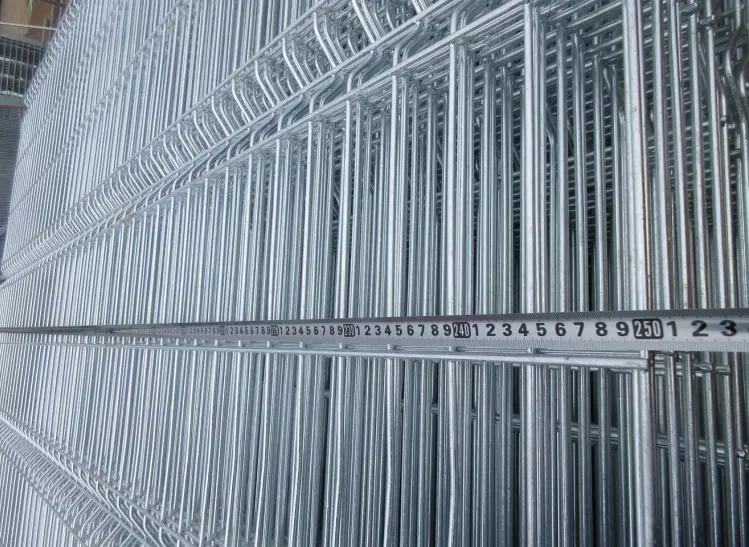
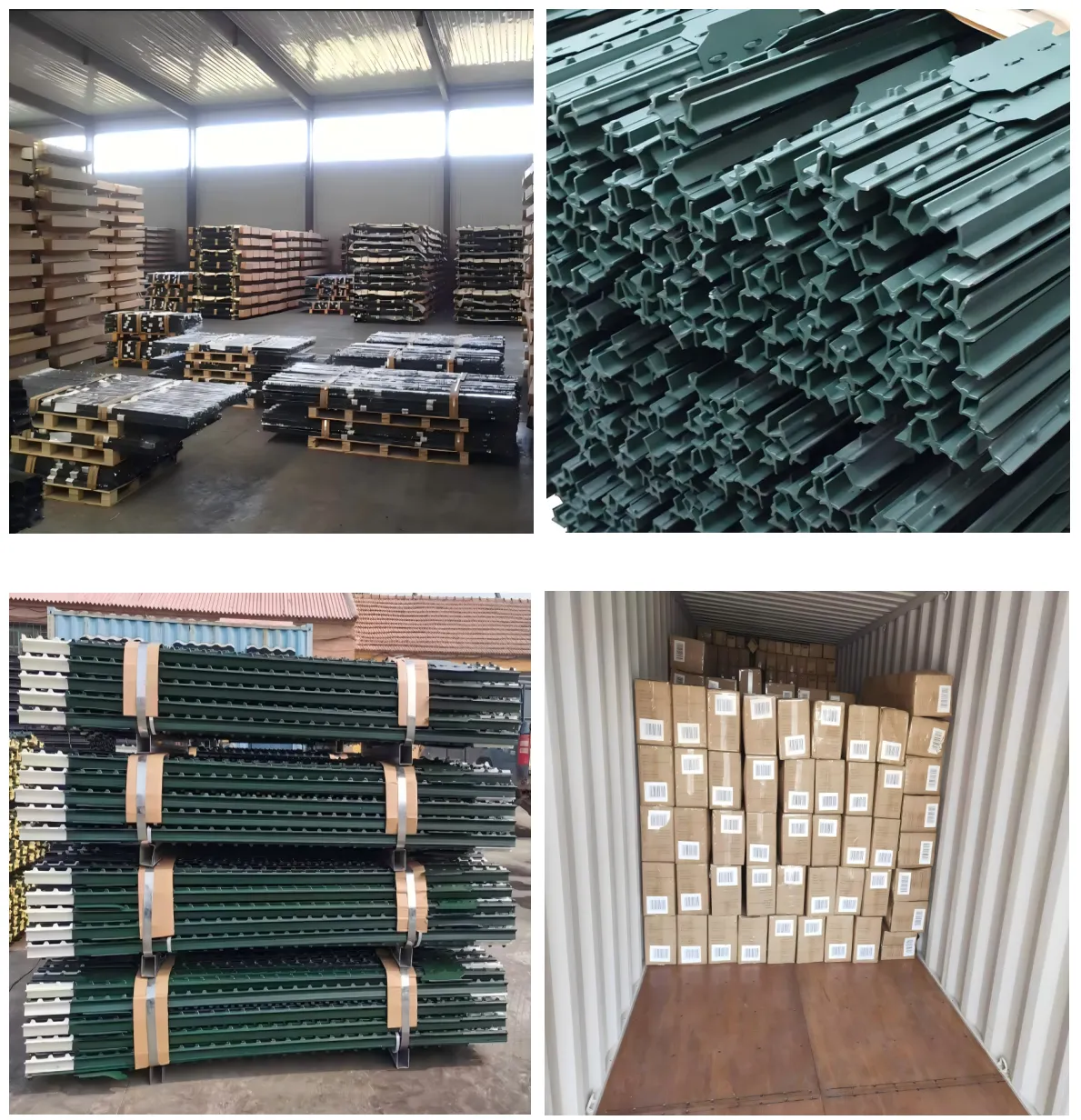
In terms of trend, eco-friendly options are increasingly popular. Recycled materials, such as rubber or composite, are gaining traction due to their sustainability and long-lasting nature. They offer innovative designs that not only lend an artistic flair but also speak to an environmentally-conscious approach, aligning with modern consumer values. When discussing toolkits for the job, having edging spades, hammers, stakes, string lines, and compactors handy will facilitate a precise installation. Adhering to installation advice from industry experts can prevent common pitfalls such as uneven placement or instability. It’s important to bear in mind that while aesthetics are a significant factor, the usability and maintenance of your lawn edging fence should not be overlooked. Maintenance can vary considerably. Metal may require rust prevention, wood might need treatments for durability, and while plastic typically requires less upkeep, it’s susceptible to cracking under extreme temperature fluctuations. For product selection, consult reputable lawn and garden centers or online platforms with robust customer feedback. User reviews often give insights into practical aspects such as ease of installation, resilience under different weather conditions, and overall aesthetic impact once installed. As with many garden products, the credentials of the manufacturer can play a crucial role in ensuring quality. Brands with a strong reputation in garden supplies are likely to offer products that meet high standards of reliability and provide post-purchase support or warranties that reflect confidence in their products. Ultimately, the decision-making process for a lawn edging fence should marry personal taste with professional insights. By leveraging expertise and understanding market offerings, you articulate a space that embodies both practical and aesthetic excellence, ensuring your garden is not only beautiful but also functional.
Latest news
-
Cheap Popular Laser Cutting Steel Sheet Garden Fence Panels WholesaleNewsJul.30,2025
-
Fence Or Balcony Privacy Screen Decorative For Apartments UV ProtectionNewsJul.30,2025
-
Galvanized Raised Garden Beds for Sale – Durable Metal Design, Affordable PricesNewsJul.29,2025
-
High Quality Galvanised Wire Mesh Panels for Fencing SolutionsNewsJul.29,2025
-
Premium Wooden Dog Crates for Sale – Durable & Stylish Kennel SolutionsNewsJul.29,2025
-
Cheap Best Seller Privacy Screen Fence Strips Pattern - Durable & StylishNewsJul.28,2025
Related Products
